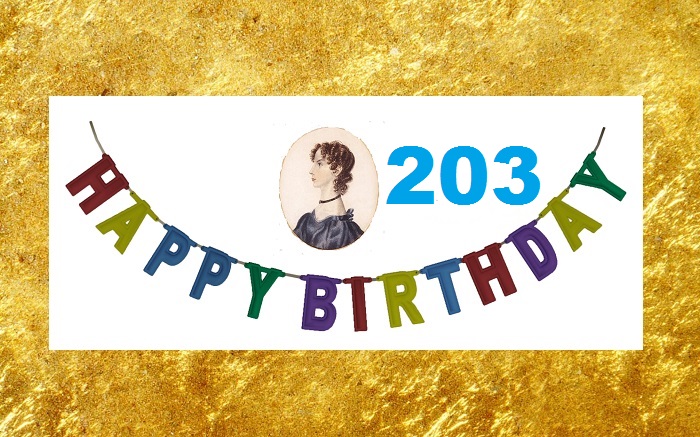As you read this, and as I sit typing, a cup of coffee never far from my hand, we are just two days away from the 203rd birthday of our beloved Anne Brontë. I have written two books on Anne, thousands of tweets and hundreds of blog posts, and it’s fair to say that my love of Anne Brontë and her work is well documented, and that it has completely changed the course of my life. In today’s post we’re going to look at Anne Brontë in the words and recollections of someone who knew her better than almost anyone else: Ellen Nussey.
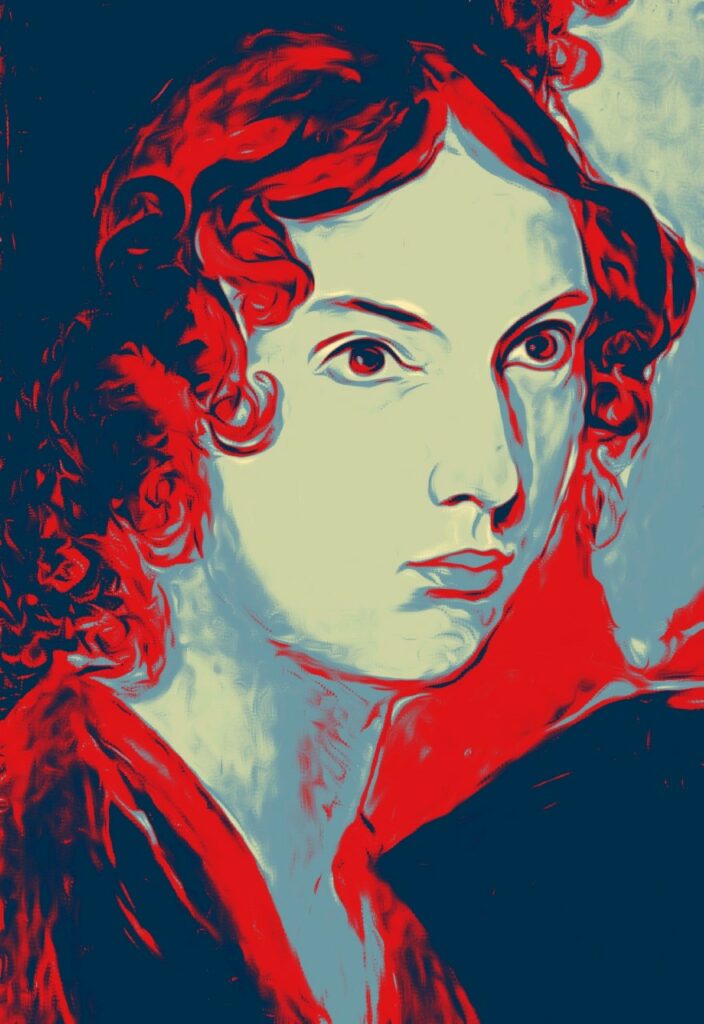
Anne, like her sisters, was very shy, although she battled to overcome this shyness and did forge a successful career as a governess. We know that she did make friends outside of her family, friends such as Ann Marshall of Thorp Green Hall for example, Ellen Cook the schoolgirl who doted upon her at Roe Head, and the Robinson girls – Anne’s charges who loved and respected their governess so much that they continued to seek her advice, and visit her at Haworth, long after Anne had left the employ of their mother.
Nobody outside the Brontë family itself, however, had as long a connection to Anne as Ellen Nussey. Ellen became the best friend of Charlotte Brontë whilst they were at school together at the aforementioned Roe Head School, but the lifelong friendship that developed meant that Ellen was often at Haworth.
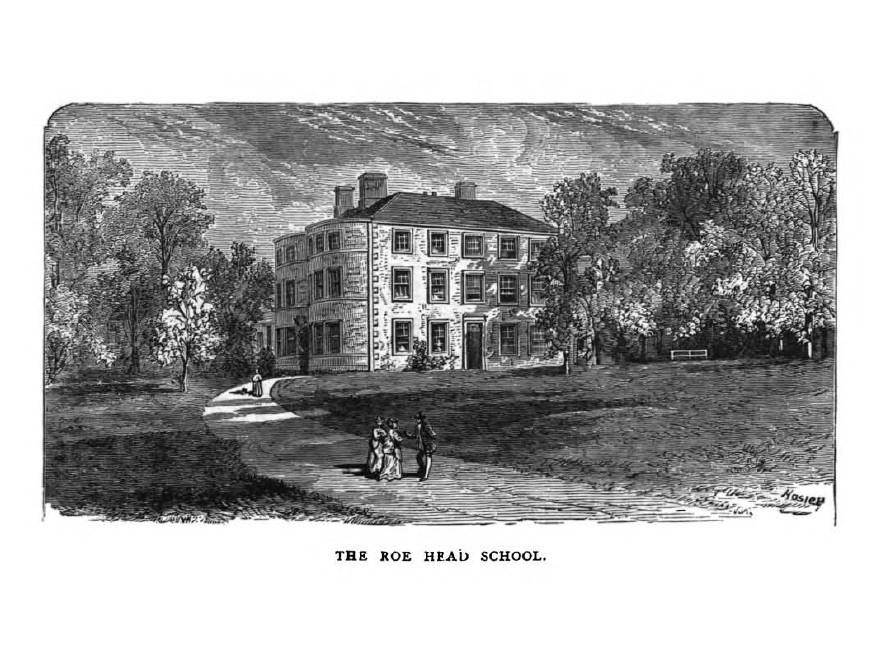
The kind and personable Ellen soon made friendships with Emily and Anne Brontë too, and she was one of the main sources of information on them for Elizabeth Gaskell’s The Life Of Charlotte Brontë (Gaskell herself had never met Emily, Anne or Branwell). Ellen Nussey also remembered Anne during a long article she wrote for Scribner’s Magazine in 1871 and it is from that article that the following information is taken from. Here are the words of Ellen Nussey as she reminisced on her early visits:
“Emily and Anne were like twins – inseparable companions, and in the very closest sympathy, which never had any interruption. Anne -dear, gentle Anne – was quite different in appearance from the others. She was her aunt’s favorite. Her hair was a very pretty, light brown, and fell on her neck in graceful curls. She had lovely, violet-blue eyes, fine penciled eyebrows, and clear, almost transparent complexion. She still pursued her studies, and especially her sewing, under the surveillance of her aunt…
In fine and suitable weather delightful rambles were made over the moors, and down into the glens and ravines that here and there broke the monotony of the moorland. The rugged bank and rippling brook were treasures of delight. Emily, Anne, and Branwell used to ford the streams, and sometimes placed stepping-stones for the other two; there was always a lingering delight in these spots, every moss, every flower, every tint and form, were noted and enjoyed. Emily especially had a gleesome delight in these nooks of beauty, – her reserve for the time vanished. One long ramble made in these early days was far away over the moors to a spot familiar to Emily and Anne. which they called “The Meeting of the Waters.” It was a small oasis of emerald green turf, broken here and there by small clear springs; a few large stones served as resting-places; seated here, we were hidden from all the world, nothing appearing in view but miles and miles of heather, a glorious blue sky, and brightening sun. A fresh breeze wafted on us its exhilarating influence; we laughed and made mirth of each other, and settled we would call ourselves the quartette. Emily, half reclining on a slab of stone, played like a young child with the tadpoles in the water, making them swim about, and then fell to moralizing on the strong and the weak. the brave and the cowardly, as she chased them with her hand. No serious care or sorrow had so far cast its gloom on nature’s youth and buoyancy, and nature’s simplest offerings were fountains of pleasure and enjoyment.”
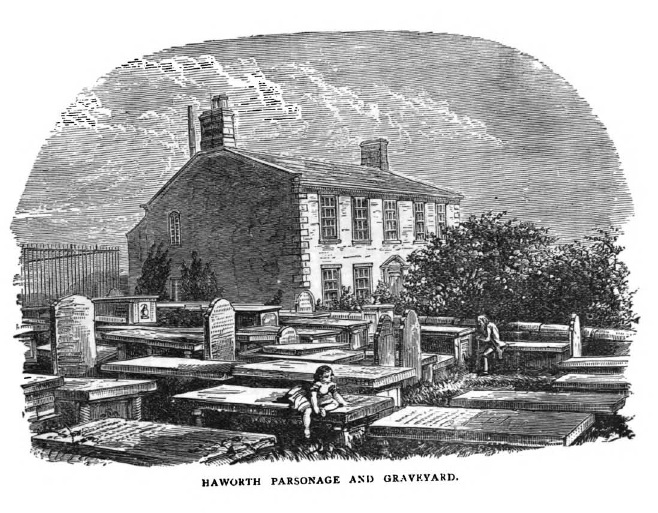
Ellen later remembered the musical evenings spent in Haworth Parsonage, and mused upon the changes she had seen in Haworth since the departure of the Brontës:
“A little later on, there was the addition of a piano. Emily, after some application, played with precision and brilliancy. Anne played also, but she preferred soft harmonies and vocal music. She sang a little; her voice was weak, but very sweet in tone…
Haworth of the present day. like many other secluded places, has made a step onwards, in that it has now its railway station and its institutions for the easy acquirement of learning, politics, and literature. The parsonage is quite another habitation from the parsonage of former days.
The garden, which was nearly all grass, and possessed only a few stunted thorns and shrubs, and a few currant bushes which Emily and Anne treasured as their own bit of fruit-garden, is now a perfect Arcadia of floral culture and beauty. At first the alteration, in spite of its improvement,strikes one with heart-ache and regret; for it is quite impossible, even in imagination, to people those rooms with their former inhabitants.
But after-thought shows one the folly of such regret; for what the Brontës cared for and lived in most were the surroundings of nature, the free expanse of hill and mountain, the purple heather, the dells, and glens, and brooks, the broad sky view, the whistling winds, the snowy expanse, the starry heavens, and the charm of that solitude and seclusion which sees things from a distance without the disturbing atmosphere which lesser minds are apt to create.”
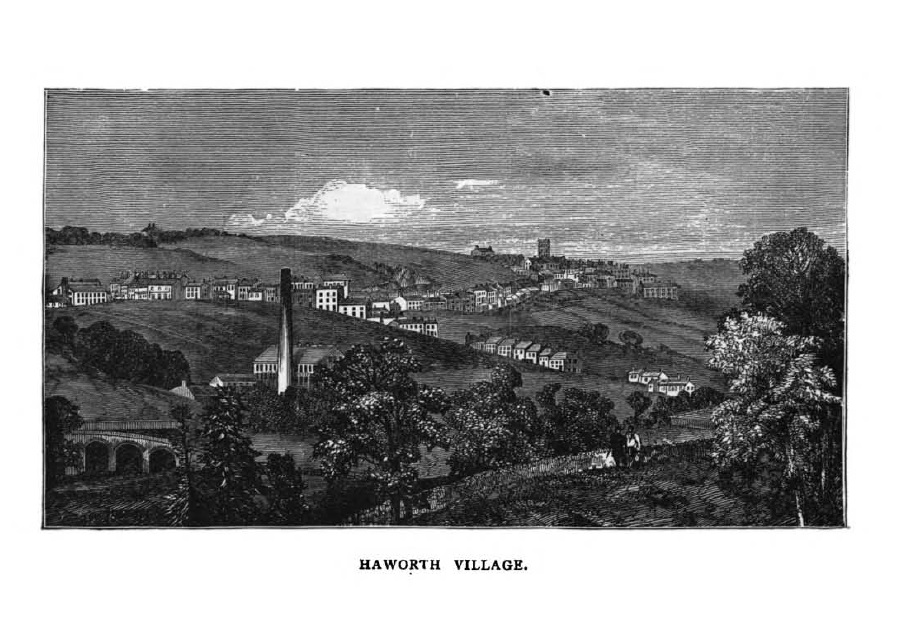
Ellen later made a very detailed account of the last days of Anne Brontë’s life, but as we are celebrating the birth of Anne we will leave that sad but beautiful document to another time. For now, thanks to Ellen, we can picture Anne by the piano with her sweet face and sweet voice, knitting by the side of the aunt who loved her dearly, or laughing as she leapt from stone to stone at ‘the meeting of the waters’,with Emily and Branwell leading the way. A fitting portrait, I think, to remember Anne by as her special day approaches.
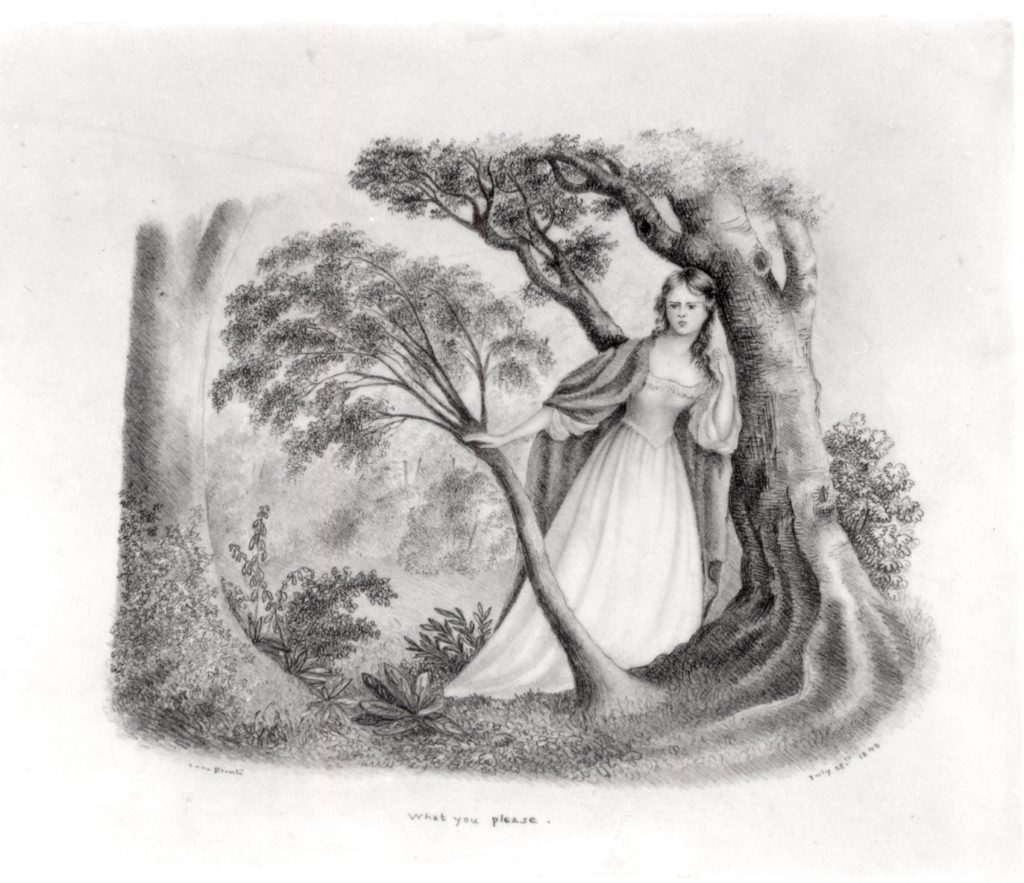
I hope you will join me in thinking of Anne Brontë on Tuesday, and I hope you’ll join me next Sunday for another new Brontë blog post.
